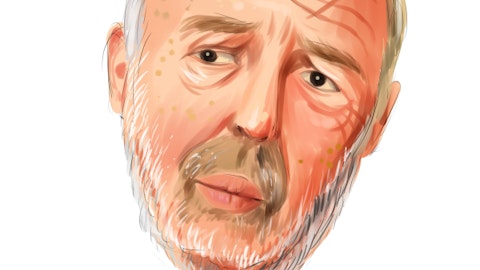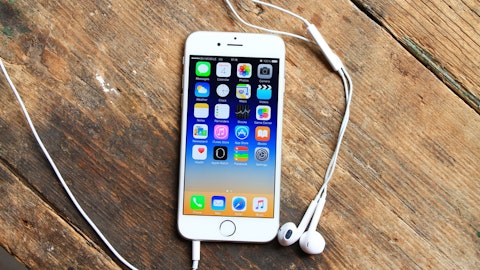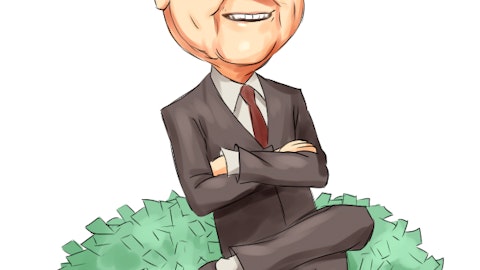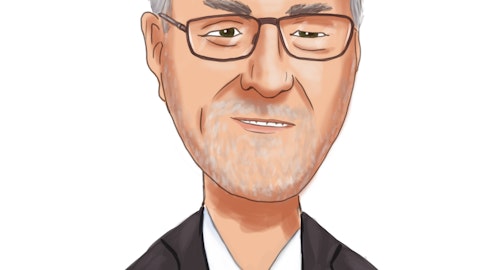CVS Health is attempting to position itself to take advantage of this tsunami of healthcare cash by becoming one of America’s biggest providers of integrated health solutions. That includes its massive and still growing network of pharmacies, which benefits from the recently completed integration of Target Corporation (NYSE:TGT)’s in-store 1,667 pharmacies and 79 clinics, which it acquired last year for $1.9 billion.
However, more important to CVS’s long-term growth ambitions is its PBM business, which saw a major boost from 2015’s $12.7 billion purchase of Omnicare.
Why is the PBM segment such a boon to CVS? Mainly because, as rising costs and increased regulatory complexities under the Affordable Care Act (i.e. ObamaCare) set in, many organizations, including health insurance companies such as Aetna Inc (NYSE:AET), are willing to outsource the nitty gritty logistical details of managing various health programs to PBMs such as CVS.
This is because PBM’s are responsible for saving their clients as much money as possible, through things like negotiating price breaks with pharmaceutical companies and medical component makers.
And better yet they are willing to sign long-term contracts, like the 12 year deal that Aetna inked with CVS back in 2010, which gives management a lot of future cash flow predictability with which to plan its further growth efforts. Thanks to this vertically integrated model, over 80% of CVS’s total revenue comes from health related products, with the remainder generated by the retail side of its nearly 10,000 national stores.
In other words, CVS has evolved beyond just a chain of pharmacies and stores, turning into one of the most important names in US health insurance. Thanks to the continued expansion of its PBM business, CVS is able to generate large economies of scale, which means some of the lowest per claim costs in the industry. That helps CVS maintain market share which only further grows its moat and helps maintain high retention rates (97% last quarter) with PBM customers.
Even better is that CVS’s moat, consisting of an increasingly more cost effective medical claim processing system (projected to process more than 1.3 billion claims in 2016), means not only fast growing revenue (about 20% this year) but also industry leading margins and returns on capital.
Note that while it may initially look as if CVS has just industry level profitability (operating margins were just 6% last year), you need to keep in mind that its retail business, being very capital intensive, drags down its overall margin and return on capital figures. Since its PBM business is growing faster than its retail side, its relative profitability should continue to improve over time.
This is especially true as management is focusing on growing its specialty pharmaceutical claim business, which has higher margins and should greatly help the bottom line in the years to come.
All told CVS has proven itself to be capable of sustaining strong growth in both good economic times and bad, especially considering that its trailing 12 month sales are a staggering $167 billion. Equally important, management has been achieving this impressive growth while maintaining stable, strong or increasing margin, and returns on capital.
This indicates that the company’s management team remains disciplined, and rather than attempting to reach for “growth at any price” it is being selective with its acquisitions and growth strategies. That should hopefully allow investors to continue to benefit from strong sales, earnings, cash flow, and, of course, dividend growth in the coming years.
Key Risks
There are two main risks to CVS’s growth thesis that all current and prospective investors need to understand.
First, the rising cost of healthcare could result in calls for further government price caps. This is especially true given that the vast majority of healthcare costs are incurred at the end of life, by the oldest and sickest patients.
For example, the top 5% and 1% of healthcare consumers are estimated to consume about $43,000 and $95,000 annually, respectively. The top 5% of healthcare consumers account for roughly 49% of total health expenditures.






